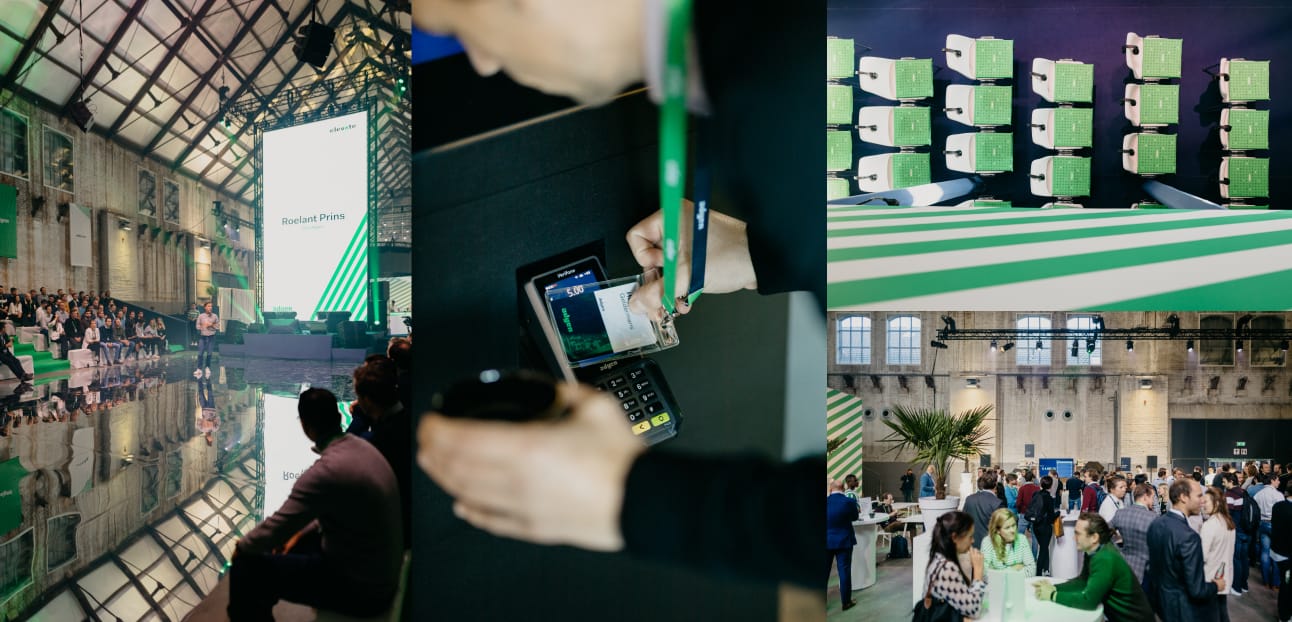Principles
Authenticity
Our imagery show real people and genuine stories. We lean into the little imperfections that allow images to transcend from staged to authentic. We don’t want our images to feel like stock, even if they are. It should feel like we’re getting a glimpse of these people in the middle of their daily life doing something they’d really do. The more unique, the better. We don’t want it to feel staged, posed, set up, or forced. It should feel natural, not contrived. Genuine and relatable, and most importantly, believable.
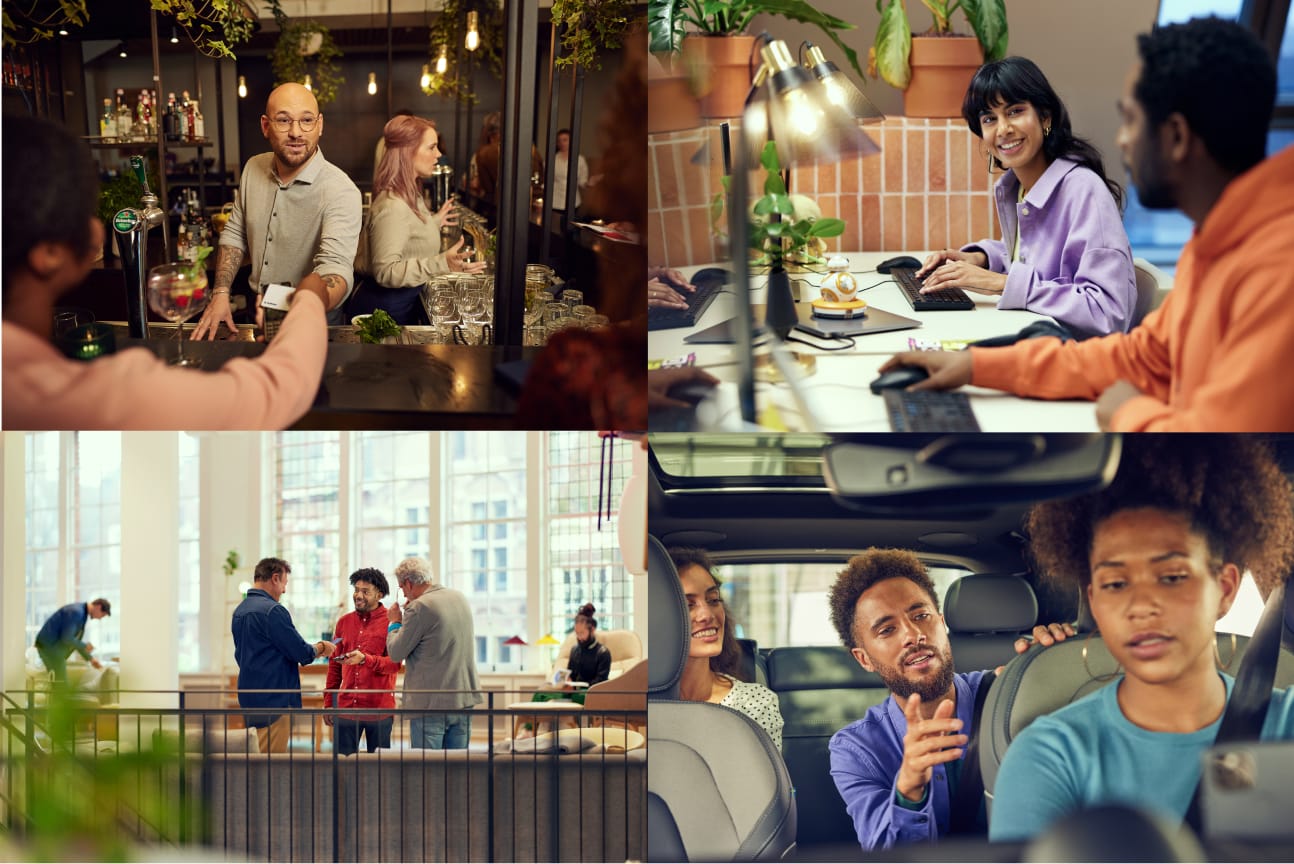
Individuality
We like unique people, with distinctive body details. We celebrate imperfectness because it deviates from the status quo. It should be authentic, not performative, or twee. Wardrobe selection should not be over the edge, and be aware of the meaning of certain tattoos and details that are in frame.
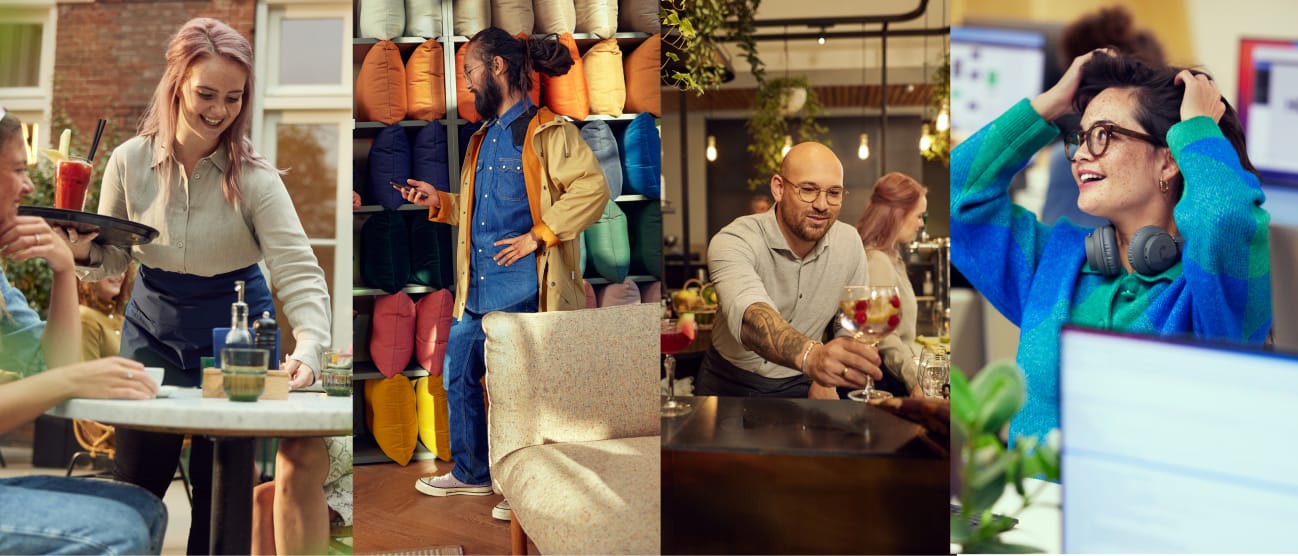
Humanity
People are our biggest asset. We believe in including a diverse and inclusive array of people in our content that is reflective of the real world we live in. We’re all about personal, relatable, and inspirational storytelling.
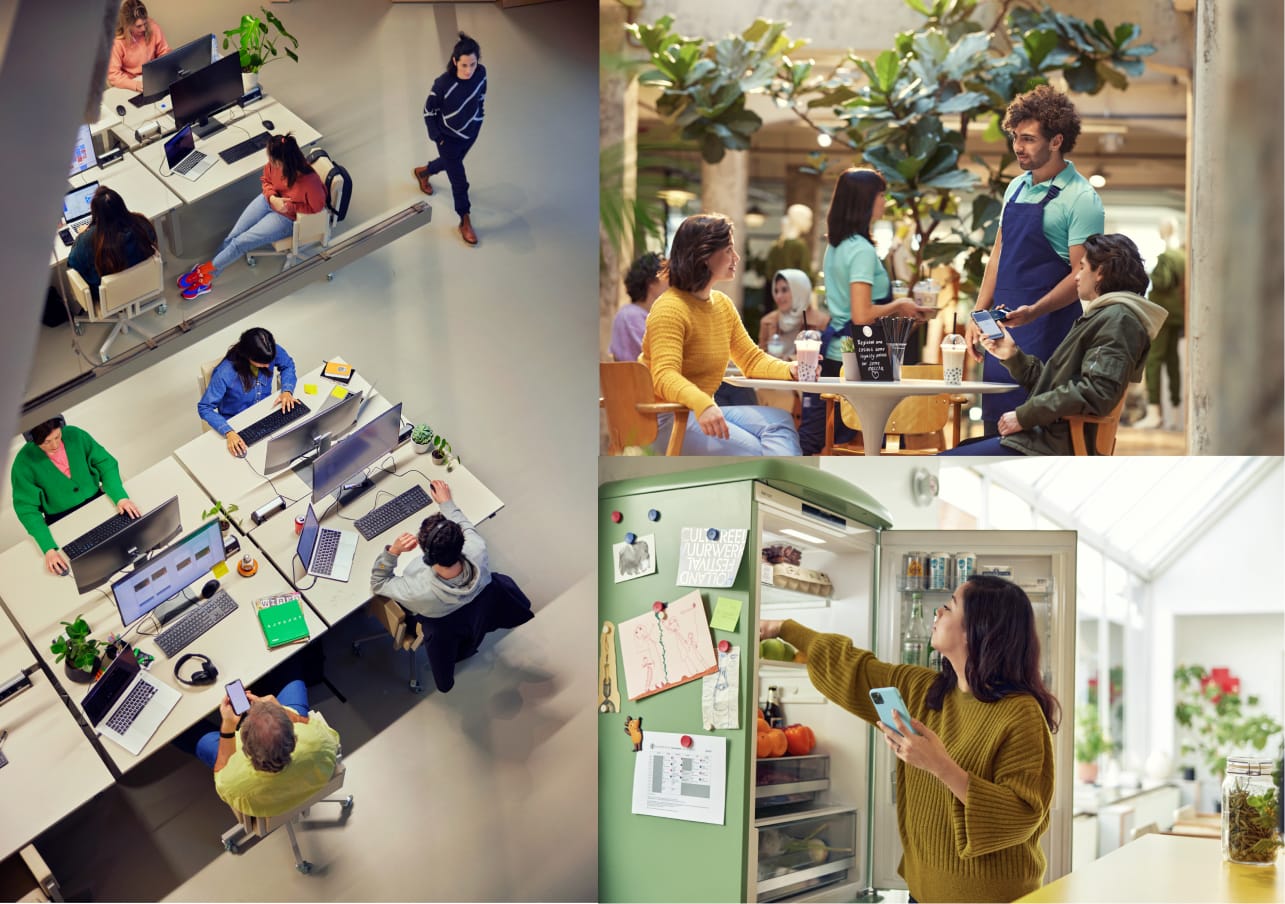
Aesthetics
We like fresh pictures. The compositions are bold and considered to create dynamism while the palette is colorful and vibrant. The stage should feel as authentic as possible so we should also embrace imperfections.
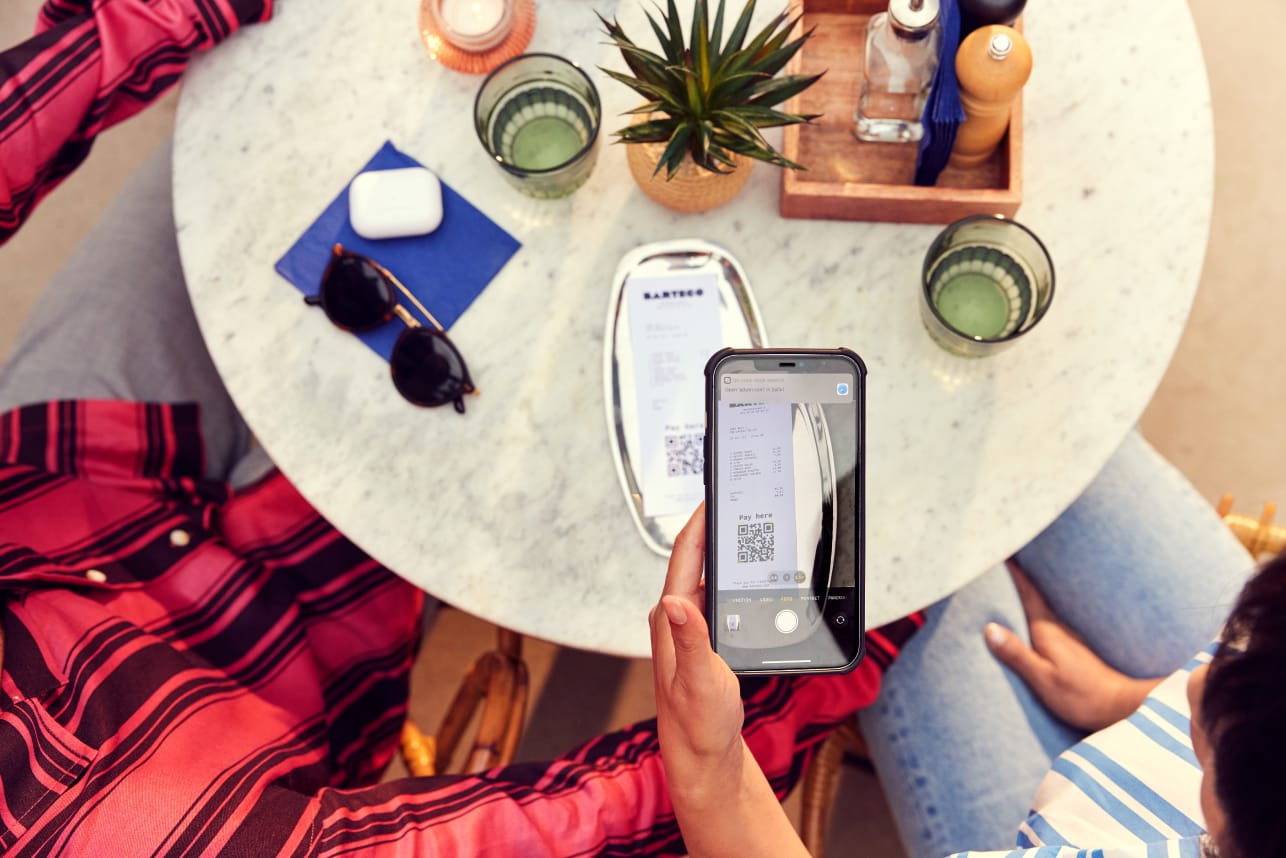
Scalability
We try not to limit productions for one-time-use and create a sustainable library with global localization in mind. Always question if it’s the right medium to tell a particular story and ask where this imagery is going to be used and how can it have the farthest reach and impact.Always shoot both options with and without screens (of phones and laptops) visible.
When the screen is not visible, the photos can be used for many different purposes.
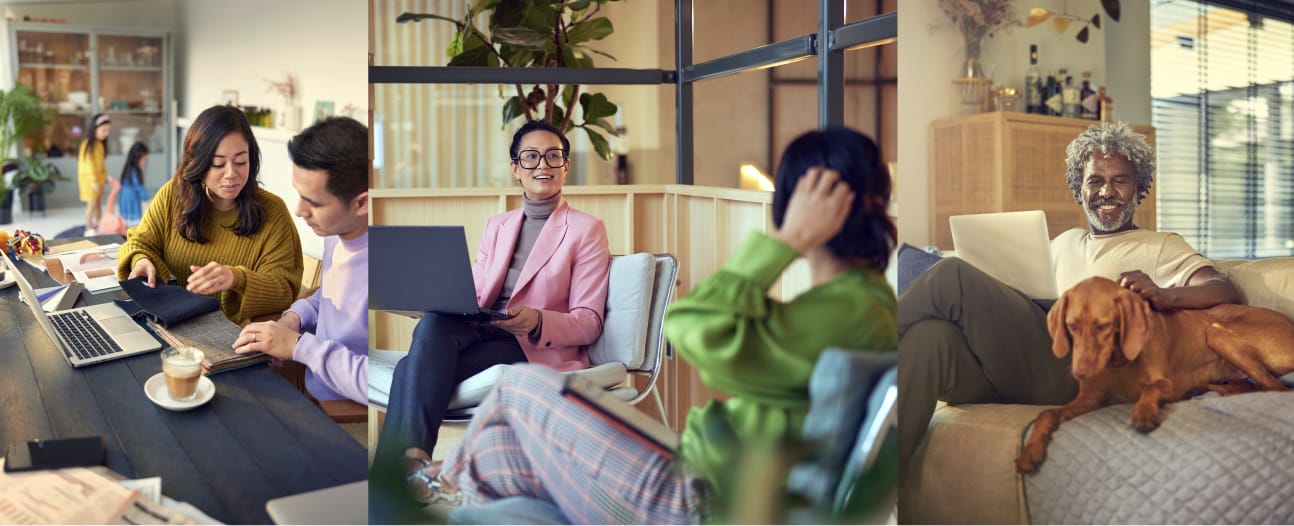
When shooting photography where the screens are visible in the shot (bottom examples), make sure the interface is blank, or easy to swap for another interface.
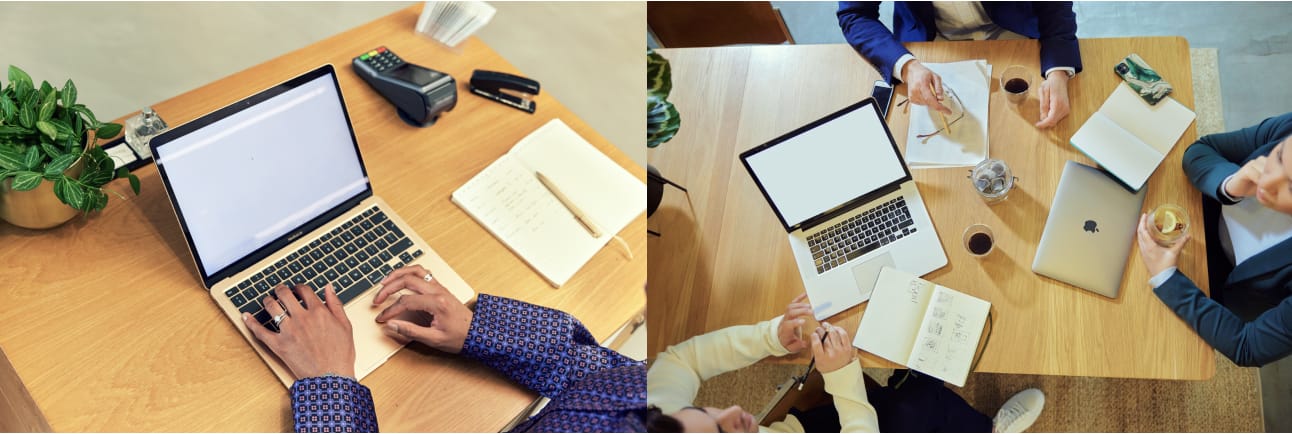
We always shoot with a blank card so the type of card can be easily replaced. It is important we never use a PAN number.

Do use one of our template cards.
.jpg)
Don’t display a PAN number.
Crop
Imagery should be shot with enough space to crop imagery for landscape and portrait. We should see images in full, medium and close ups. Images should be taken with logo and text in mind, and backgrounds not too busy, so always consider negative space around the subject. The logo must be clearly visible.
Depth of field
To add a bit more of a depth we focus on the subject. The background can be blurred but we should be able to recognise the environment.

Lighting
Lighting always remains true to the natural setting, but is heightened, whether hard shadows from daylight or soft indoors. Natural light is used whenever possible to bring in the real world feeling—but at times you may want to accentuate that with some added lighting. Partner with your photographer to create a lighting setup that feel natural and real with a good variety (outdoor, indoor, sunny, cloudy etc.).
Casting
Story and emotions are the key. Images should de-emphasize the talent and focus on the moments, the connection, and the mood. Avoid models looking straight into the camera. Use close crops to define a moment, and distant shots to give context, and set a mood. Use dynamic angles - shot from above, below, behind, or over-the-shoulder. Avoid forced expressions, especially if they are alone or looking at a device. Smiles and laughter should feel genuine.
How we cast and style characters in photos and videos should be strategic to add authenticity. Consider the motive behind each character we're directing in a scene, and cast them to represent the realistic age, ethnicity, style and personality for that role. Be creative, unique and thoughtful in this process. Avoid casting any cliche or stereotypical characters, especially those that might be considered offensive. Speak to Adyen DEI communities for guidance if there is any question.
Diversity & Inclusion
We strive to use imagery that reflects the world we live in, accepting people of all shapes, sizes, sexual orientations, races, gender identities, ages, abilities, and religious affiliations.
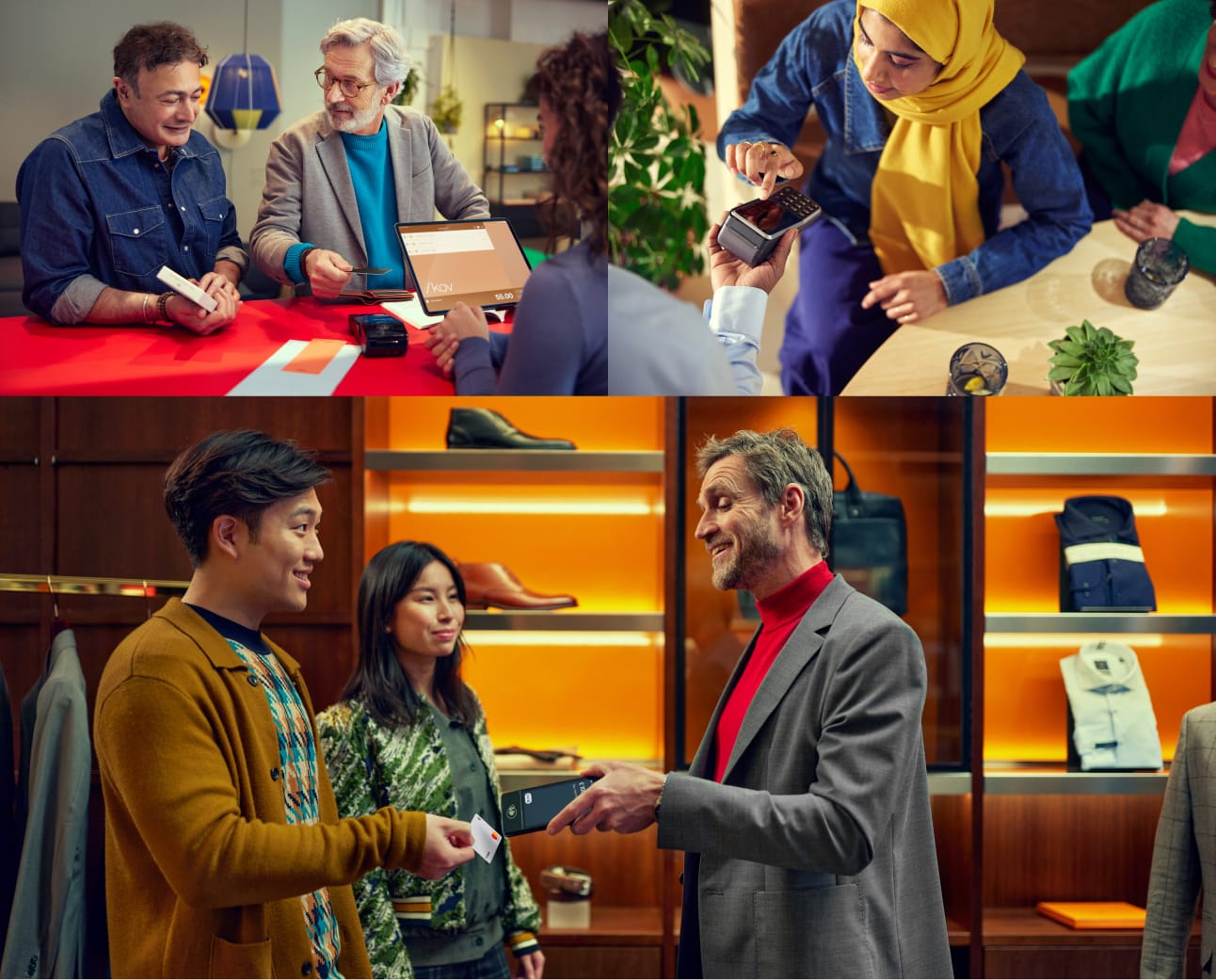
Products
Show products (terminals, devices etc.) in real environments. We will use the viewpoint from the merchant/shop owner’s perspective. Detail images focus on unique features or interesting crops of a larger scene. They invite the viewer’s imagination to complete the picture. On the screens we show real interfaces.
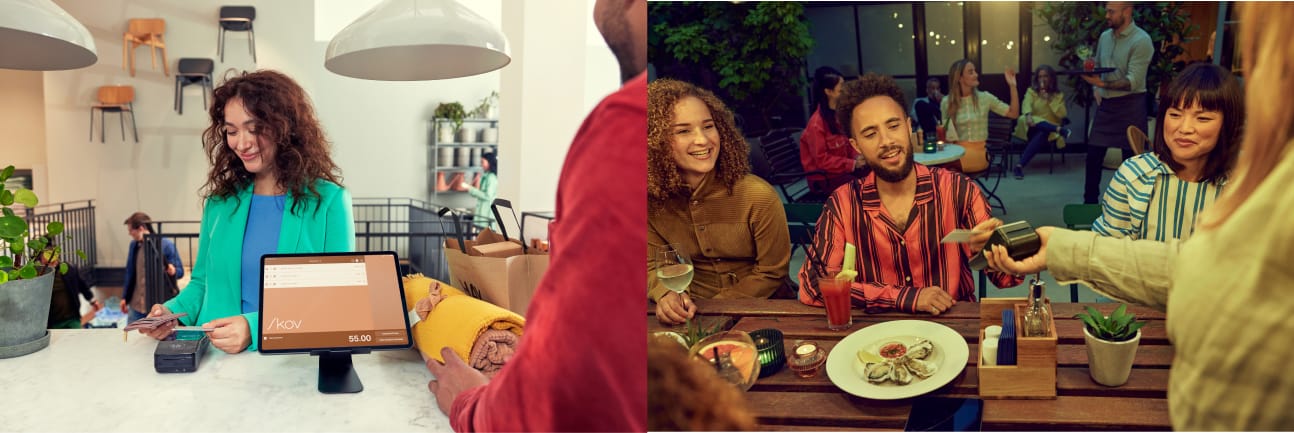
Case Studies
Case studies are real-life examples of Adyen and merchant success. The persuasive power of these stories comes from their authenticity. Be clear on who the hero is and reflect the merchant’s brand personality. Use imagery to convey the problems we solved in the case study, subtly nodding to both challenges and resolution in different shots throughout the piece. Advanced story review, shot list planning, location, talent/hero (interviewee) selection, products/service, payments in action.
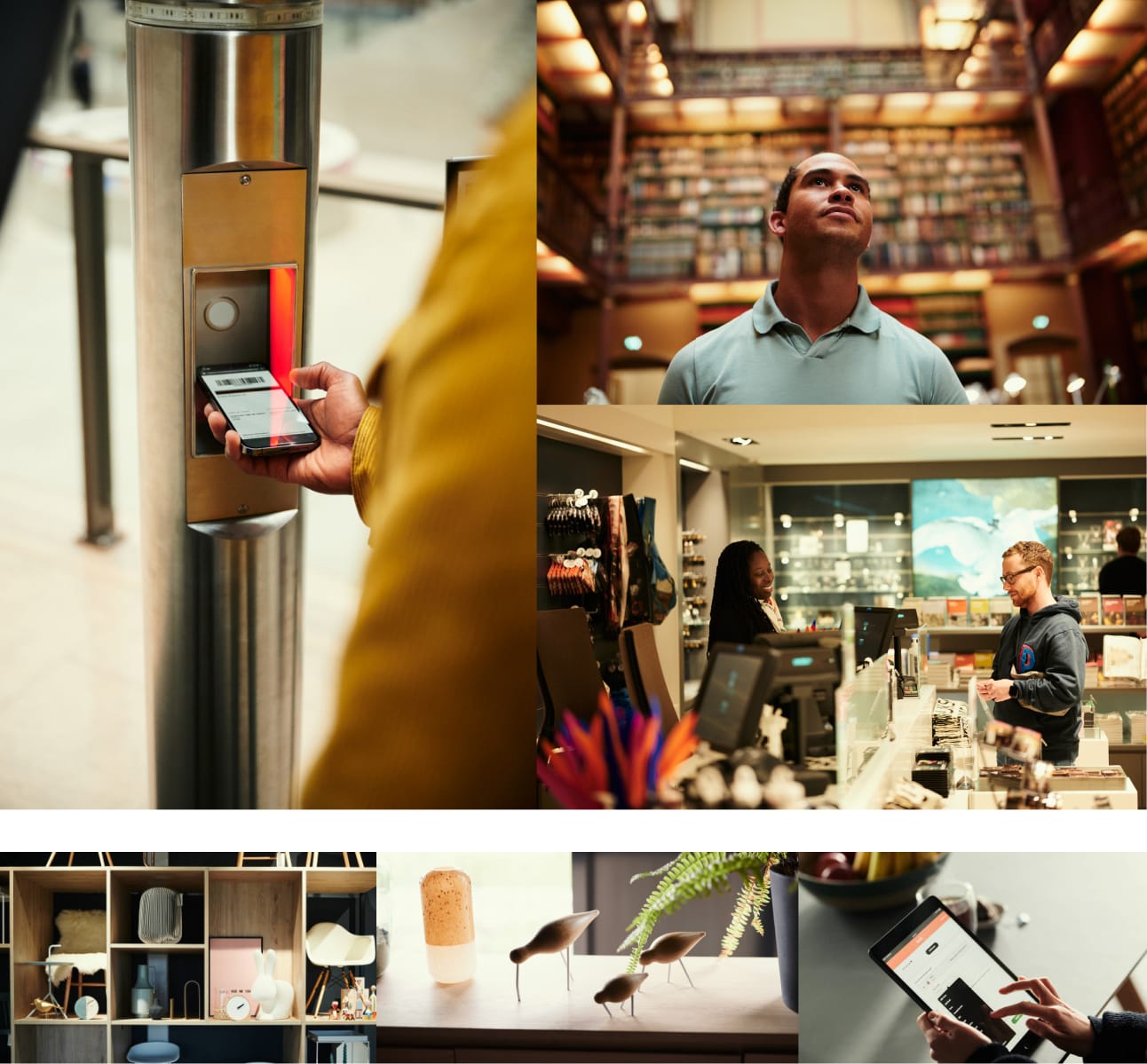
Headshots
Always ask where it is being used (blogs, social, case studies).
General feel
Photography that portrays the talent in a natural, relaxed, and positive way.
Setting
The photos will be taken at the local Adyen offices. Considering that each office has a different design and interior you will have to find a setting that is similar to the HQ look and feel (warm, natural colours in the background). We are looking for a non corporate setting with a welcoming atmosphere (open, well designed, bright). You can vary in settings and locations during the shoots, but make sure the photos don’t look staged.
Use of light
When possible use natural daylight, but if necessary use additional strobe light (diffused by using a softbox or umbrella). If using strobe light, mix it smoothly with the available ambient lighting. Make sure the flash isn’t creating any white spots or too much contrast on the talent's face. It is key to balance these different light sources regarding colour temperature and intensity.
Lens
Please use an 85MM lens for consistency across different offices. This is a great focal length for portraits which also creates a safe working distance between photographer and talent.
Depth of field
Create a medium shallow depth of field. This brings focus to the talent and will minimize distractions in the background while keeping some level of detail. The focus should be on the talent, while details in the background should be blurry, but being able to recognize “what it is”.
Selection
Please select and edit one or two portraits per talent if you’re shooting a large group. If you’re shooting for a single person please send over some different options with our Brand/Design team so we can choose from the selection.
If there is enough time during the shoot and there are no distancing restrictions you can shoot tethered and do the selection together with the talent. If not, the photographer will do the selection subsequently.
Crop & filesize
The photos should be shot in landscape, keeping enough space around the talent (enabling a vertical crop if required). The photos will be provided in JPG, in original resolution but with a minimum of 12 MP (dimensions of 4290 x 2800).
Edits
Add a bit of contrast to the picture. Keep skin tones and colours natural but give the overall picture a warm feel. Remove distracting and unflattering blemishes. Remove distracting elements in the background. Don’t over-edit. If in doubt, consult the Creative Studio team: studio@adyen.com.
Event photography
Documentary style story photography, with close ups, people, crowds, interaction, presenters, capture all the moments from the first hello to the closing of the event. Consider that this will be used to promote the next event. Always have a shot list and show interaction with the booth area in detail.
